There’s a lot of mystery surrounding cold air intake systems, even though they’re not that complicated. Still, for someone who’s just getting into aftermarket gear, performance upgrades, and off-roading, things get a bit confusing. That’s why I decided to write this post: to give straight, down-to-Earth answers to the most commonly-asked questions. For example: do intake kits make the engine louder?
Do you need a programmer to readjust the car after installing a new cold intake? Will you get a boost in HP/torque, or not? Should you install a third-party air kit if your truck is running on a diesel engine? There’s a lot of ground to cover; so, let’s try to find the answers together! We’ll go over every single topic and cover it as thoroughly as possible, but without getting into boring techy stuff.
#1: Air Kits and HP Gains – What to Expect?
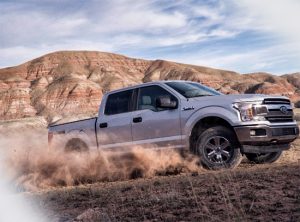
Plus, of course, different air intake kits have a different impact on the powertrain. The average unit will be able to boost performance by 10-12HP. For a motor that puts out 150-200 horsepower, that’s a pretty big increase. However, if you’re driving a rough-tough truck with a 450-horses strong V6 or V8, you probably won’t feel the extra “oomph”.
The same is true for the torque. In fact, if the HP boost is 10-12HP, the torque gains will be slightly higher. How, if your #1 priority is getting as much additional power as possible, look for an aftermarket air intake kit that was specifically built with performance in mind. For a pretty penny (400-500 bucks, or even more), you can expect a +10% increase, which will result in +/- 50HP/torque for the eight-cylinder monster.
And that will have a really big impact on performance, especially if you do a lot of off-roading. When driving in a muddy forest or a sandy desert, the boost in horsepower and torque will be of great help.
#2: How Do Cold Air Intakes Affect the Engine’s Sound?
They make it louder and more aggressive, and most drivers really like it. The concept is pretty simple: a premium-quality cold air intake system greatly improves the airflow, and the more air is flowing through the “pipes”, the louder the engine becomes. Besides, while in a stock setup, the filter is usually enclosed, in third-party air kits, the filters are exposed, which, again, results in a much louder and beefier tone.
In addition to that, please don’t forget that car manufacturers always try to make their trucks and SUVs as silent as possible. That’s because a huge part of their target audience is families with kids, and they prefer to drive in a noise-free vehicle. For that, the engineers add an extra set of resonators to make the engine run smoothly. With a cold intake system, the driver can clearly hear the cold air being “sucked” into the intake tube.
Now, while the sound does get louder, it also changes, becomes more aggressive, as I just said. Try revving up your truck and then quickly release the throttle – I bet all the birds in the vicinity will fly away! So, to answer the question – does a cold air intake make your car louder – yes, it does, and in more than one way. But is that a good thing, or a bad thing? Well, that solely depends on the perspective.
For a big family with kids and pets, all that extra noise will cause a headache. A big racing/off-roading fan, on the other hand, will appreciate the masculine touch of the new air intake kit.
#3: Tuning – is It Really Necessary?
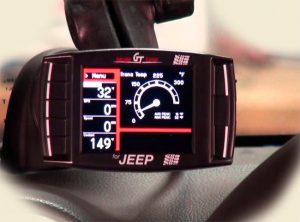
However, a tuner will, most certainly, help to “squeeze” all the juices out of your powertrain. A decent-quality intake system removes the limits and restrictions of the factory gear. To use that to your advantage and gain even more extra HP and torque, a programmer will be very useful. Don’t expect any ground-breaking result, of course, but a proper tuner can boost not only the raw power output but also the throttle response and the fuel efficiency.
Alright, so, do you need to tune your car after a cold air intake? No, you don’t. But if you do, the combined benefits of a new kit and a performance-oriented tuner will, most definitely, maximize your vehicle’s performance. Right now, you can get a premium-quality programmer for less than 400 bucks. It will come with dozens of pre-installed presets, easy, intuitive controls (maybe even with a touchscreen), and lots of calibration features.
#4: Do Intake Systems and Diesel Engines Go Well Together?
O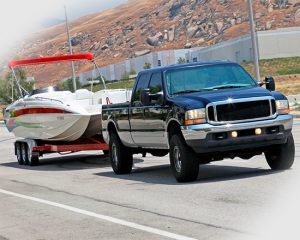
It’s important to mention that diesel motors are more thermal-efficient (up to 20% compared to gas engines). That means they handle heat easily and can withstand extreme temperatures better than gas-powered units. And are cold air intakes good for diesels in terms of fuel efficiency? The answer is (again) yes, but I also have to say that diesel engines are more fuel-efficient; plus, they have more torque and accelerate better.
With that said, I would only recommend investing in a brand-new cold air intake kit if you do a lot of off-roading. That’s because, on rough terrain, diesel units aren’t as fuel-efficient. And, you never know what the uncharted trails will have in stores for you. It can get really hot, especially in a humid area. That’s where the superior air filtration system will come in handy.
#5: Mileage Boost – Worth it, or Not?
With the fuel prices reaching an all-time high this year, fuel efficiency is, once again, one of the biggest priorities. I briefly mentioned tuners earlier, and in many ways, they are the best tool for improving your car’s MPG (miles per gallon) ratio. And what about air intake kits – do they have a positive effect on mileage, or not? They do, and, depending on several factors, the boost can be minor or major.

By the end of that year, you’ll get to save 150-200 dollars, which is pretty cool, if you ask me. The most advanced cold air intake systems can even boost the mileage by up to 5MPG, saving you 300-350 bucks annually. So, if you’re a big fan of driving and aren’t planning on changing your car in the nearest future, an aftermarket air kit will be an incredibly reasonable purchase from an economic standpoint.
Besides, Mother Nature will thank you for that, as the higher the MPG ratio, the less harmful exhaust fumes the vehicle produces. A quick note: K&N has one of the most fuel-efficient cold air intakes out there. They’re a bit pricier than the market average, but, again, in the long run, they will be worth the steep price-tag.
#6: What to Look for in an Aftermarket Kit?
Alright, now that we’ve answered all the popular questions, it’s time to take a quick look at the very concept of air kits. Do you know what the most important specs are when checking out different gear? Should you put filtration efficiency first, or maybe the material quality is the most defining factor? The following short guide will tell you everything there is to know about aftermarket air intake systems and how to find the perfect one for your vehicle.
The Tube and the Housing
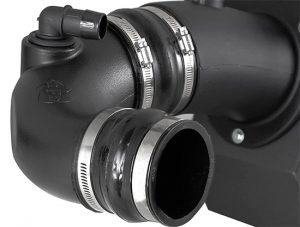
With that said, the housing and the filter could still use a premium-quality powder coating. Personally, I always look for the so-called “one-piece” design of the housing. This way, it’s more efficient and takes very little time to install (and to remove, if need be). It would also be great if the tube and the filter were covered by a sealed housing. That would keep the hot air from being sucked into the engine. Plus, the housing looks extra cool when the hood is popped up.
Going back to the tube, look for one that is at least 30% more effective than the stock system. If it’s not as strong, I’d stay away from it, especially if it’s cheaper than the market average. The best cold air Intake for Ford, Toyota, or Jeep, in turn, can achieve a 50% advantage over the factory setup, which is quite impressive.
The Filter
Just like the name suggests, filters have only one job: to keep potentially harmful stuff from getting into the engine bay. Those are dust, pollen, allergens, debris, and more. It’s not rare for drivers to ruin perfectly fine engines by doing off-roading in dusty and rocky areas with no proper protection against all those contaminants. When it comes to filters, you have a choice between dry and oiled.
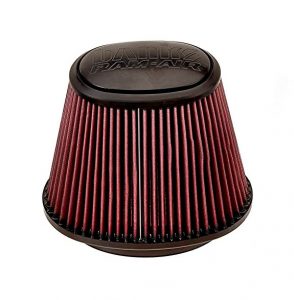
You could, of course, try to blow the dust off and put a dry filter back in, but that wouldn’t do you much good. In contrast, oiled filters can be cleaned and reused multiple times. On average, a properly cleaned filter can serve for 20-30 thousand miles before maintenance will be in order again. This depends on the manufacturer, of course, and the area that you live in. Say, dusty, pollen-rich roads will get that filter clogged a lot sooner than a cleaner area.
Oiled filters do have a minor negative effect on the powertrain, however. Keep that in mind if you want to maximize your vehicle’s performance and would hate to lose even one tiny percent of that. Oiled filters are an obviously better choice for the fans of low-budget solutions, as you won’t have to buy a new one every 3-5 years.
Ease of Installation
Mechanics these days tend to overcharge for any installation services. They can easily ask for 150-200 US dollars to install an aftermarket air intake kit (that’s the price-tag for the labor, not the actual kit). So, it might be a good idea to try and do it on your own. There’s nothing hard about this. All you’ll have to do is find the perfect fit. If you see your vehicle (the model year, trim level, and engine) in the list of supported rides, you’re in business.
This will make sure no cutting, drilling, or bending will be required. Another important thing to check is the package. Make sure the air intake kit comes packed with all the necessary hardware for installation. I’m talking about clamps, ducting, couplings, and everything else in between. On average, manual installation of a cold air intake takes 1/1.5 hours, depending on your skills.
Conclusion
Alright, now that we’ve gone through all the questions, it’s time to sum things up. Without a doubt, air intake kits are one of the best investments for any modern-day driver. You don’t even have to be a fan of racing, off-roading, or “pimped out” rides. An aftermarket cold air intake system will greatly increase the airflow, keep the engine from heating up, and protect it from debris, dust, allergens, pollen, and more.
On top of that, it can boost the HP and torque, make the car more fuel-efficient and completely change how the engine sounds. Plus, as we just learned, cold intakes go great with diesel engines and improve their overall performance. Now, if you’ve got some extra questions that you’d like to find answers to, please, fire away in the comments section!

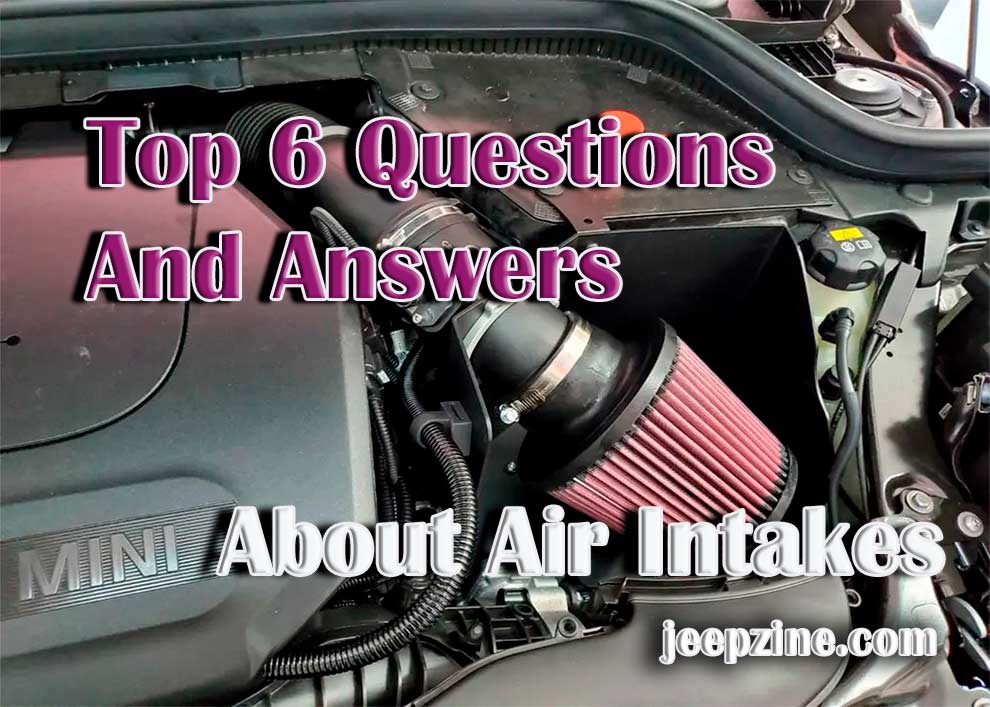
Add Comment